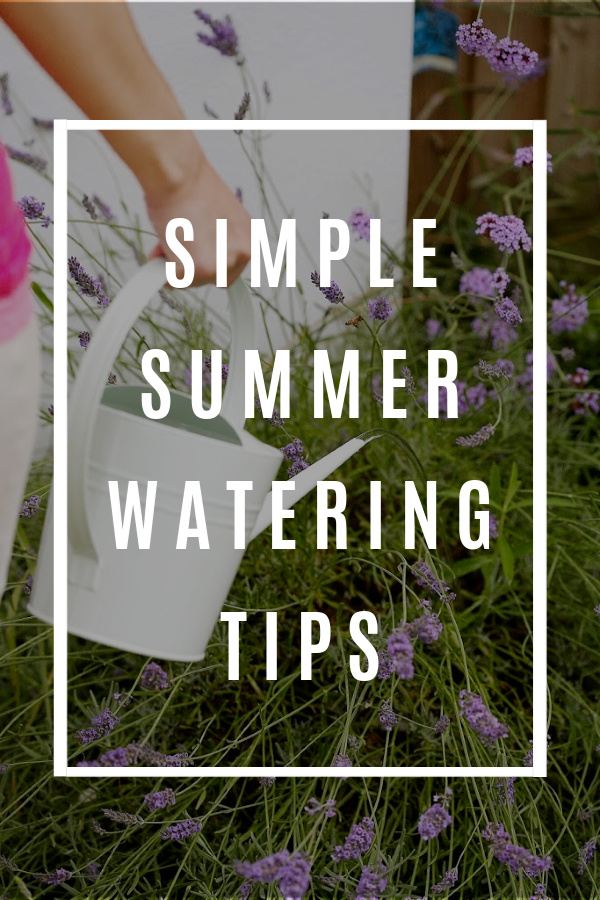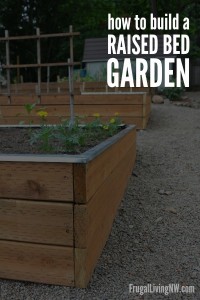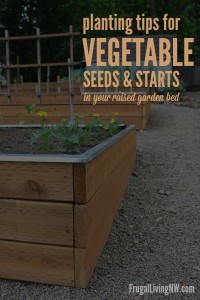
Summer Watering Tips
Who knew there could be a right and wrong way to water your garden?? Turn sprinkler on, get things wet, job done. Adulting feels complicated if there are rules to how and when to turn water on. Good news is that it doesn’t have to be tricky!
Here are a few simple tips to help you keep your plants alive, and your water bill low.
Make a schedule
Come up with a plan for watering your garden and check the weather ahead of time to make sure you aren’t watering when you don’t need to. There’s nothing more frustrating than watching the rain fall on your freshly watered garden.
This is especially important if you have finicky plants or vegetables that can really suffer from over-watering. Be sure to follow the directions for your specific varieties. Ask Google or the helpful folks at your local nursery for watering recommendations.
Water in the morning
Watering in the morning when it’s cool will give your plants a chance to drink the water before it evaporates. If getting up early to water your garden does not appeal to you (or your children make it impossible), buy yourself a hose timer and have your sprinklers or soaker hoses do the job for you. This can also be so, so helpful if you go on vacation!
For your lawn: If you live in an area where everyone and their Grandma has automatic sprinklers, you more than likely already have your water on a timer. You also are probably paying a fairly flat amount to your local irrigation district, so the monthly water bill won’t be as much of a concern. Be sure to monitor drought conditions in your area and follow recommended watering schedules.
Use the right tools
A soaker hose or sprinkler wand are much more efficient options for watering than your standard hose and nozzle. For a more advanced watering system, check out Emily’s post on installing your own drip irrigation system.
You can also keep track of rainfall and/or sprinkler output with watering gauges to make sure your plants are getting the right amount of water.
Get your hands dirty
The best way to check soil conditions is to put your hands in the ground. The top two to three inches should be dry, and the soil below that should be moist. Checking the soil beforehand will help prevent you from over-watering.
Mulch
Dried grass clippings, straw, and wood chips can all be used as mulch and not only do they help retain moisture, they also help keep the weeds down. Just make sure the mulch doesn’t form a crust that would prevent water from soaking in. Find out more about mulching here.
A successful garden doesn’t just happen. Monitoring your plants and soil conditions and making necessary changes will help ensure a nice harvest at the end of the summer. And prevent a shocking water bill!
Find more gardening posts here.
Looking for more resources?
Follow Frugal Living NW on Pinterest!
Fantastic range of boards from best recipes and tips for frugal living to gardening and budgeting help.
This post may contain affiliate links. See the disclosure policy for more information.


Leave a Reply